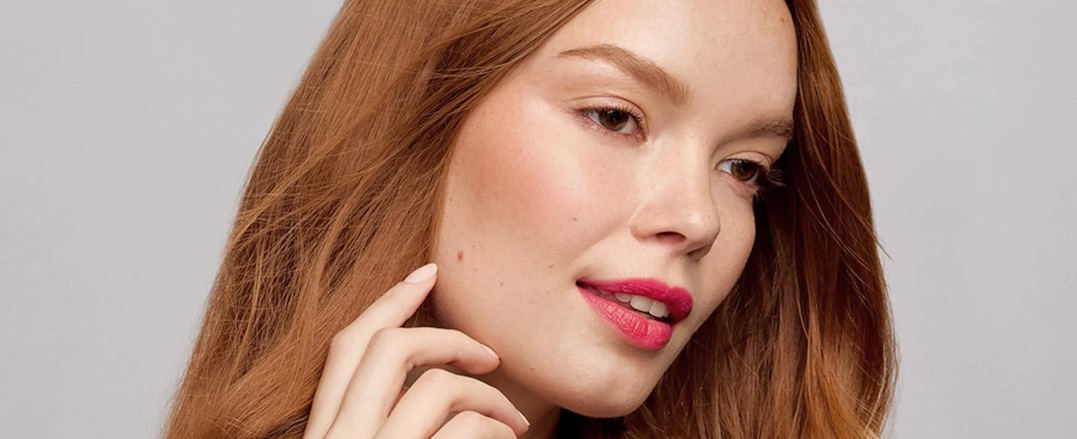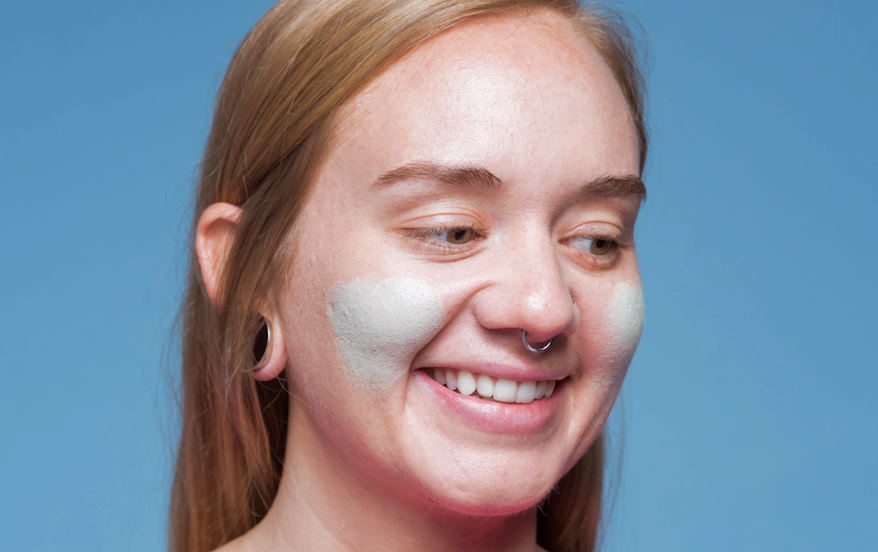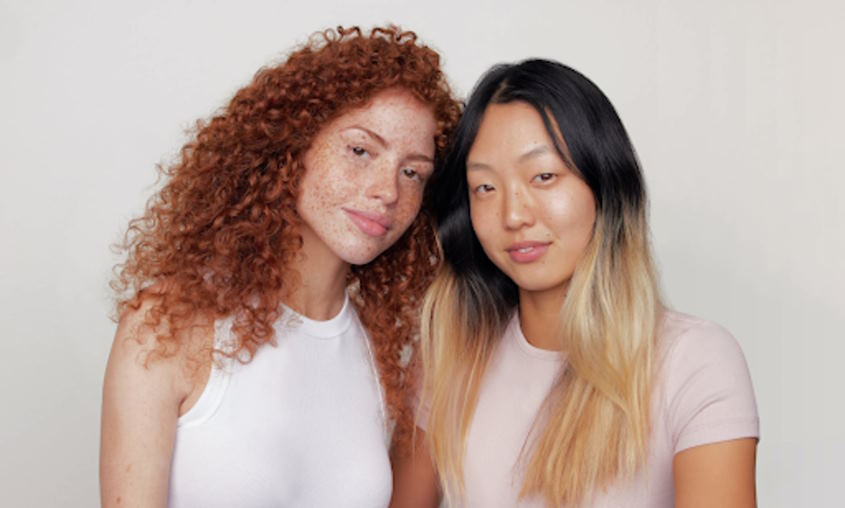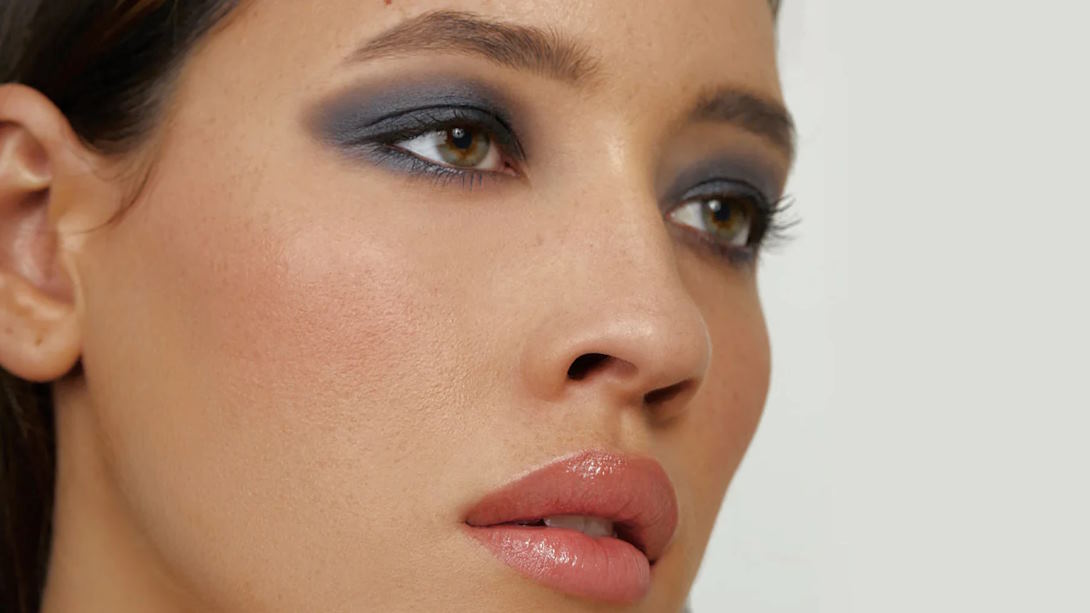
The Best Makeup for Reducing Redness
Redness in the skin can be a persistent challenge, affecting individuals of all ages and skin types. Whether it stems from underlying skin conditions like rosacea or acne, or arises due to environmental factors and sensitivities, finding effective solutions is paramount. Makeup can be a powerful tool in concealing and reducing redness, but navigating the myriad of products available can be overwhelming.
Importance of Addressing Redness
Reducing redness is not only about cosmetic appearance but also about improving skin health and comfort. Persistent redness can be uncomfortable and even painful, affecting one’s self-esteem and quality of life. By using makeup products tailored to reduce redness, individuals can enjoy smoother, more even-toned skin, boosting their confidence and overall well-being.
Types and Categories of Makeup for Reducing Redness
Color-Correcting Primers
Color-correcting primers come in various shades, each designed to neutralize specific skin discolorations. Green-tinted primers are particularly effective for counteracting redness, as green is opposite to red on the color wheel, effectively canceling it out.
Concealers
Concealers are highly pigmented products formulated to camouflage imperfections, including redness, blemishes, and dark circles. Opt for a creamy, buildable concealer with a green undertone to effectively conceal redness while providing natural-looking coverage.
Foundations
Foundations provide overall coverage and can help even out skin tone, including reducing the appearance of redness. Look for foundations with a lightweight, breathable formula that offers buildable coverage without clogging pores or exacerbating skin sensitivities.
Color-Correcting Powders
Color-correcting powders are finely milled powders available in various shades to neutralize specific skin tones. A yellow-toned powder can help offset redness and brighten the complexion without adding excess coverage or weight to the skin.
Setting Sprays
Setting sprays are lightweight mists designed to prolong the wear of makeup while imparting a natural finish. Choose a setting spray infused with soothing ingredients like aloe vera or chamomile to calm redness and lock in your makeup look throughout the day.

Symptoms and Signs of Redness
Flushing
Flushing refers to sudden, temporary redness of the skin, often accompanied by a sensation of warmth or burning. It can occur due to embarrassment, exertion, or emotional stress.
Persistent Redness
Persistent redness is characterized by a constant or recurring flush of redness, typically affecting the cheeks, nose, chin, and forehead. It may be a sign of underlying skin conditions such as rosacea or eczema.
Causes and Risk Factors
Acne Breakouts
Acne breakouts can cause redness and inflammation due to the body’s immune response to bacterial infection within the hair follicles. Picking or squeezing pimples can exacerbate redness and prolong healing time.
Rosacea
Rosacea is a chronic skin condition characterized by redness, flushing, and visible blood vessels, often affecting the central face. Triggers for rosacea flare-ups include sun exposure, hot beverages, spicy foods, alcohol, and stress.
Allergic Reactions
Allergic reactions to skincare products, cosmetics, or environmental allergens can manifest as redness, itching, swelling, and irritation of the skin. Common allergens include fragrance, preservatives, dyes, and certain botanical extracts.

Diagnosis and Tests
Skin Analysis
A professional skin analysis conducted by a dermatologist or skincare specialist can help identify the underlying cause of redness and determine the most suitable treatment options. This may involve visual examination, skin sensitivity testing, and a detailed medical history review.
Patch Testing
Patch testing involves applying small amounts of potential allergens to the skin, usually on the back, to assess for allergic reactions. This helps identify specific triggers for redness and irritation, guiding the selection of hypoallergenic skincare and makeup products.
Treatment Options
Topical Treatments
Topical treatments for redness may include prescription-strength corticosteroids, antibiotics, or anti-inflammatory agents to reduce inflammation and calm irritated skin. Over-the-counter options such as hydrocortisone cream or calamine lotion can provide temporary relief from itching and redness.
Oral Medications
In severe cases of redness and inflammation, oral medications such as oral antibiotics, antihistamines, or isotretinoin may be prescribed to address underlying causes such as bacterial infection, allergic reactions, or hormonal imbalances.
Preventive Measures
Gentle Skincare Routine
Adopting a gentle skincare routine using mild, fragrance-free products can help minimize irritation and redness. Avoid harsh cleansers, exfoliants, and abrasive scrubs that can strip the skin’s natural moisture barrier and exacerbate inflammation.
Sun Protection
Apply a broad-spectrum sunscreen with SPF 30 or higher daily to protect the skin from harmful UV rays, which can trigger redness and worsen existing skin conditions such as rosacea and eczema. Choose non-comedogenic, oil-free formulations suitable for sensitive skin.


